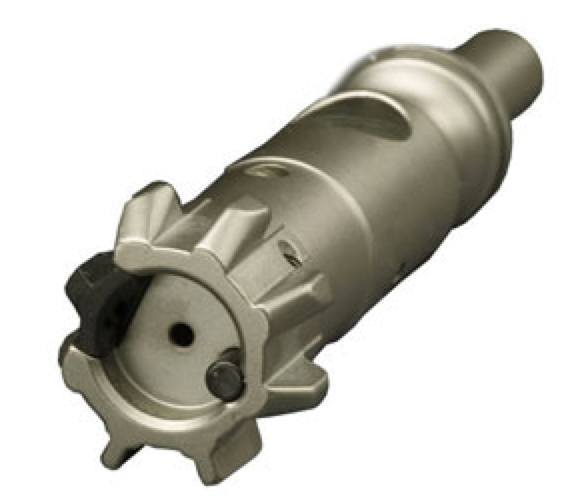Four Different fixes for M16 Bolt Designs
Four Different fixes for M16 Bolt Designs
Based out of Wyoming, the Sharps Rifle Company has created what is known as the Relia-Bolt design that was created to address certain weaknesses in the standard bolt designs for M16 rifles. While the initial design looks very similar to the standard bolt, save for the lack of locking lugs, there is some new geometry and materials that is being used as well.
The Advancements of the Relia-Bolt Design
There are a number of new additions that the Sharps Rifle Company has made to their new M16 bolt design.
Materials: The Relia-Bolt is crafted from S7 tool steel rather than the more typical Carpenter 158 type of material. The S7 material is more shock-resistant and stable under headed conditions. Because the S7 is tougher and more durable, it will last longer under stressful, heated situations where many of the previous bolts simply fell apart.
NP3 Coating: NP3 has an electro-less nickel plating that uses Teflon and provides resistance to corrosion as well. The smoothness of the new bolt is also impressive which makes it easier to clean away the carbon build-up.
Tapered Lugs: The lugs on the new bolt are tapered so when they enter the barrel extension they can slice through the crud and build-up more easily. This way, even if the rifle is heavily fouled up, the bolt can still cut through and work properly.
Testing the Relia-Bolt
Of course, a new design is only as good as it works in field conditions. The Relia-Bolt was heavily tested to ensure that it could operate properly and exceed the performance of the standard factory bolt in the M16.
Although the Relia-Bolt represents an advancement in bolt design for the M16, it must be stated that under normal use the advantages may not be all that noticeable in nature. However, it may be able to prevent certain types of malfunctions, such as when a primer becomes loose or when bullet setback causes gunpowder to be spilled inside the rifle.
However, live fire with the Relia-Bolt is certainly impressive as it held up quite well under normal firing conditions. When conditions that would cause a malfunction were simulated, the Relia-Bolt operated quite well and better than the standard bolt design.
Potential malfunctioning conditions included spilling gunpowder into the rifle itself. Although the newer Relia-Bolt did experience some issues, it generally performed better than its standard counterpart in cutting through the gunpowder and making it easier to clean as well. This represents a marked improvement and a demonstration for those who use their M16 rifles extensively that the Relia-Bolt has real promise.
In addition, Sharps used an independent testing agency to see how the Relia-Bolt would hold up under extended firing conditions. The result was 7,500 successful test firings with no malfunction of the rifle. Sharps have conducted its own test where over 10,000 rounds were fired with the same result.
It does seem that Sharps has a real winner in their Relia-Bolt design and it will be fascinating to see how it holds up over years of use.
